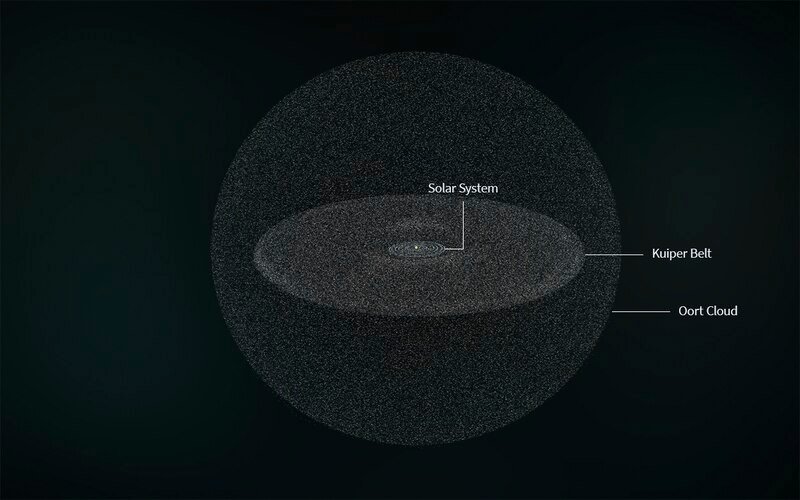Stand outside on a cold night and it feels like the sky has an edge, a silent border where things stop. Astronomers used to talk about the solar system the same way – planets here, emptiness beyond. Then telescopes began pulling back the curtain, revealing a broad province of the deep where frozen worlds drift in slow motion. This is the Kuiper Belt, a faint ring of ancient leftovers that keeps challenging what we think the solar system is. The latest discoveries suggest this frontier is not a wall but a wilderness, and it’s only getting stranger the more closely we look.
The Hidden Clues at the Edge
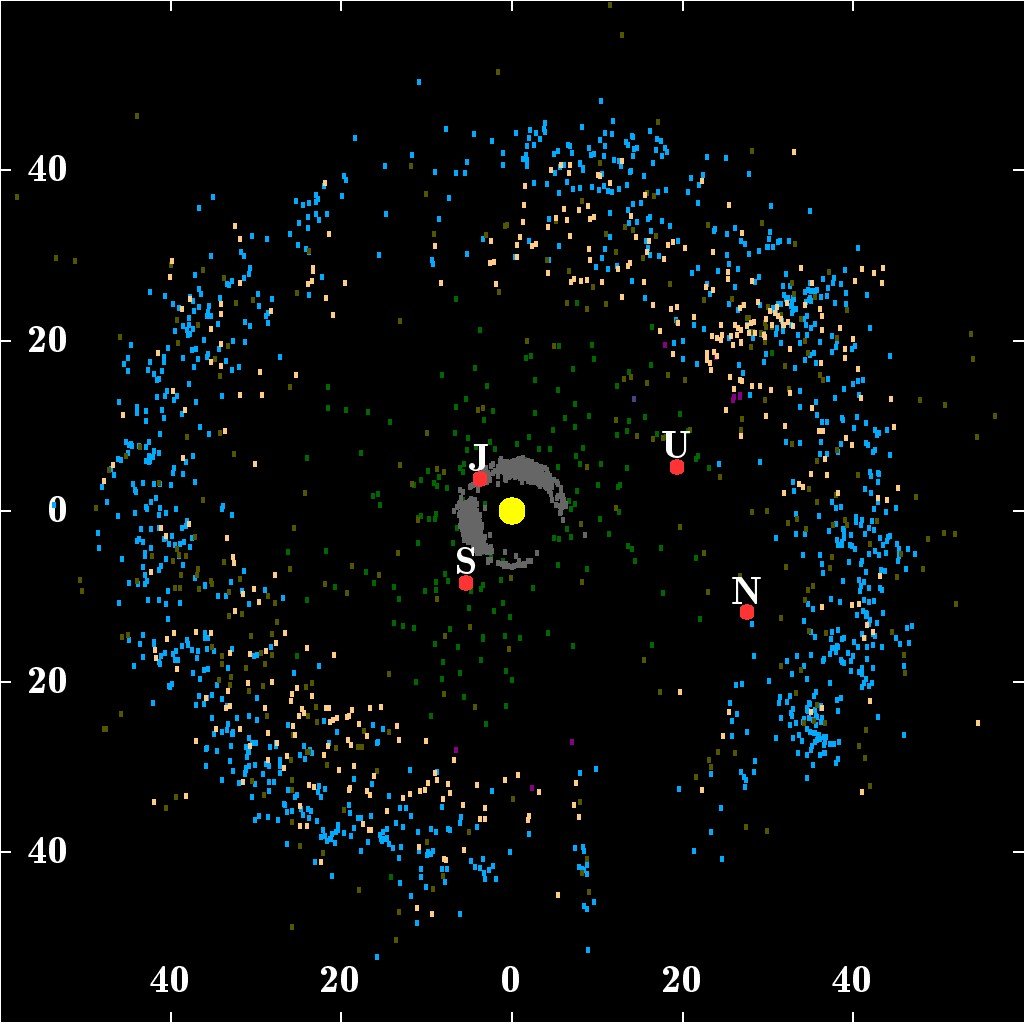
What if the solar system’s memory isn’t in the bright inner planets but in the dim, distant debris beyond Neptune? The Kuiper Belt stretches from roughly Neptune’s orbit out to about fifty astronomical units, a cold expanse where sunlight is a whisper and chemistry crawls. Out there, dwarf planets like Pluto, Makemake, and Haumea carry layered histories in their ices, and smaller bodies preserve textures from the earliest days of planet building. Their orbits are not random; many are caught in resonant patterns with Neptune, like notes locked to a drumbeat that started billions of years ago. When researchers map those rhythms, they read a fossil record of planetary migration and upheaval. The upshot is deceptively simple: these remote objects are not background noise, they are the archive.
From Ancient Plates to Modern Eyes
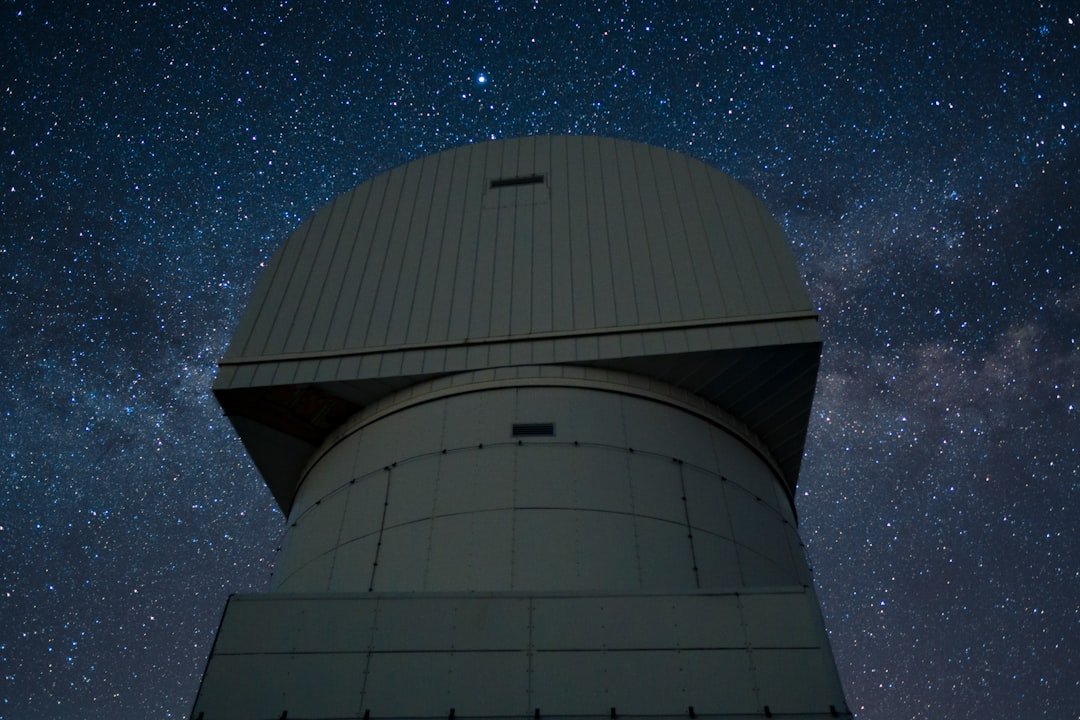
The Kuiper Belt’s story began with old-school persistence – hand-scanning photographic plates for moving dots – then accelerated with digital sky surveys that could comb the night for hours without blinking. Modern teams lean on ultra-sensitive CCDs, wide-field telescopes, and clever algorithms to spot slow movers against a blaze of stars, a bit like tracking a single snowflake in a storm. Stellar occultations – when a distant star briefly winks out as a small body passes in front – now reveal sizes, shapes, even rings that telescopes can’t directly resolve. Space-based observatories extend that reach: infrared instruments trace methane, methanol, and water ice; radio arrays pick up faint dust and gas; and high-precision astrometry nails down orbits to the last decimal. The toolkit keeps evolving, but the principle is constant – catch the faintest signals and squeeze them for every possible clue.
What Lives Out There
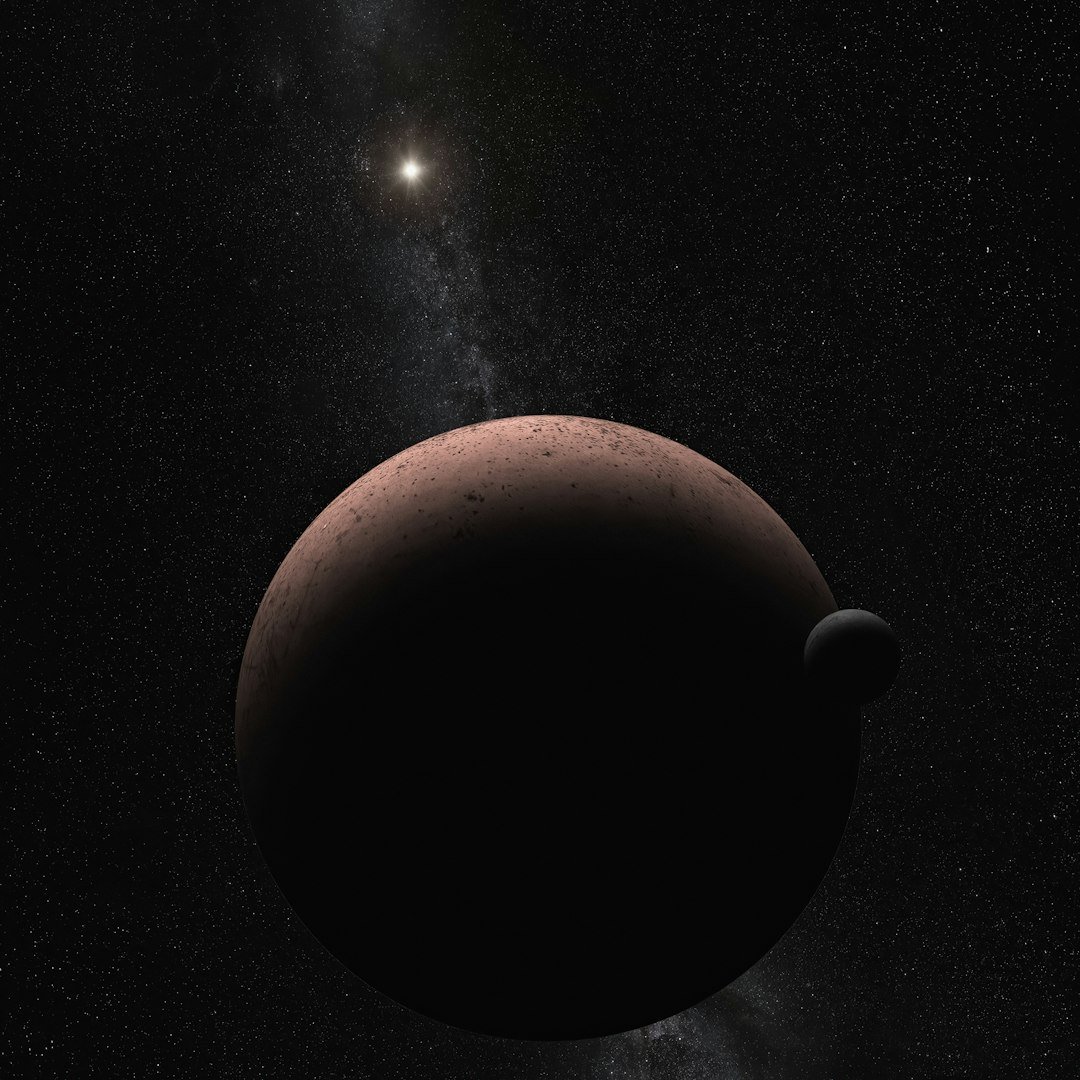
The cast is wonderfully odd: contact-binary relics stuck together like snowballs, crisp-edged dwarf planets, dark-red boulders stained by radiation, and pairs of worlds dancing as binaries. Pluto remains the headliner with nitrogen glaciers and probable cryovolcanic landscapes, but Haumea spins so fast it’s stretched like a rugby ball and hosts a thin ring, while Makemake wears a frosty coat of methane. Farther afield, scattered objects roam eccentric paths that hint at violent past encounters, and many smaller bodies seem unexpectedly porous, as if they’re more foam than rock. Rings have turned up where classical theory said they shouldn’t, including around mid-size worlds whose feeble gravity somehow marshals particles into orderly loops. Add in the short-period comets that likely originate here, and the Belt starts to look less like debris and more like a complex ecosystem of frozen change. Each new detection nudges modelers to revise what counts as normal at the solar system’s edge.
Winds of the Past: How Giants Shaped the Belt
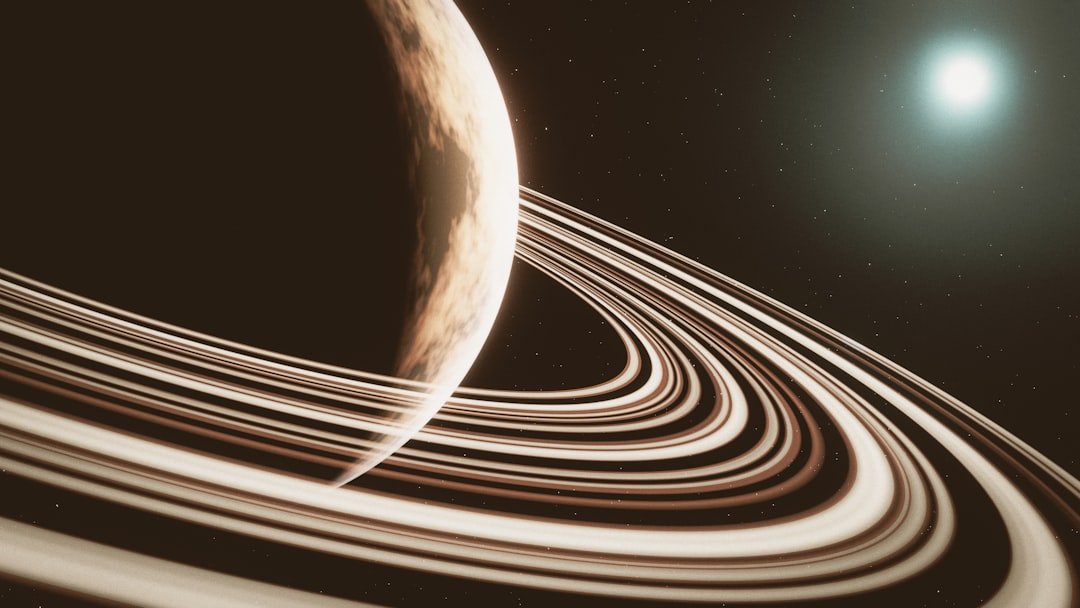
The Kuiper Belt’s current architecture is best read as the aftermath of a reshuffling long ago, when the giant planets likely migrated and jostled the early planetesimal disk. Neptune’s outward push corralled many objects into resonances, explaining why a substantial cohort – Plutinos – march in a two-to-three rhythm with the blue giant. Other bodies were scattered onto tilted or elongated paths, populating a halo of misfits that stretches well beyond the classical Belt. This migration narrative, once controversial, now threads through simulations that reproduce today’s orbital families with uncanny fidelity. The details are still debated – how fast, how far, how chaotic – but the broad lesson stands: the Kuiper Belt is a scar map carved by giants, and by reading those scars, we backtrack the solar system’s most turbulent chapter.
Pluto and Arrokoth: Field Notes from a Frontier

When a spacecraft finally dove into this realm, the picture sharpened in ways nobody predicted. Pluto turned out to be geologically active with a refreshingly young ice plain and towering mountains, a revelation for a world smaller than Earth’s Moon. Then came Arrokoth, a delicate contact binary shaped like a squashed snowman, whose smooth neck and aligned lobes point to an early, gentle assembly of building blocks rather than violent smashups. That single flyby offered a rare touchstone for planetesimal formation theories, grounding abstract equations in a visible, tangible object. Just as important, long-range observations of other Kuiper Belt objects from the same mission continue to fill in surface colors, rotations, and possible companions. It’s fieldwork at the edge, proving that even distant pixels can upend tidy theories.
Why It Matters
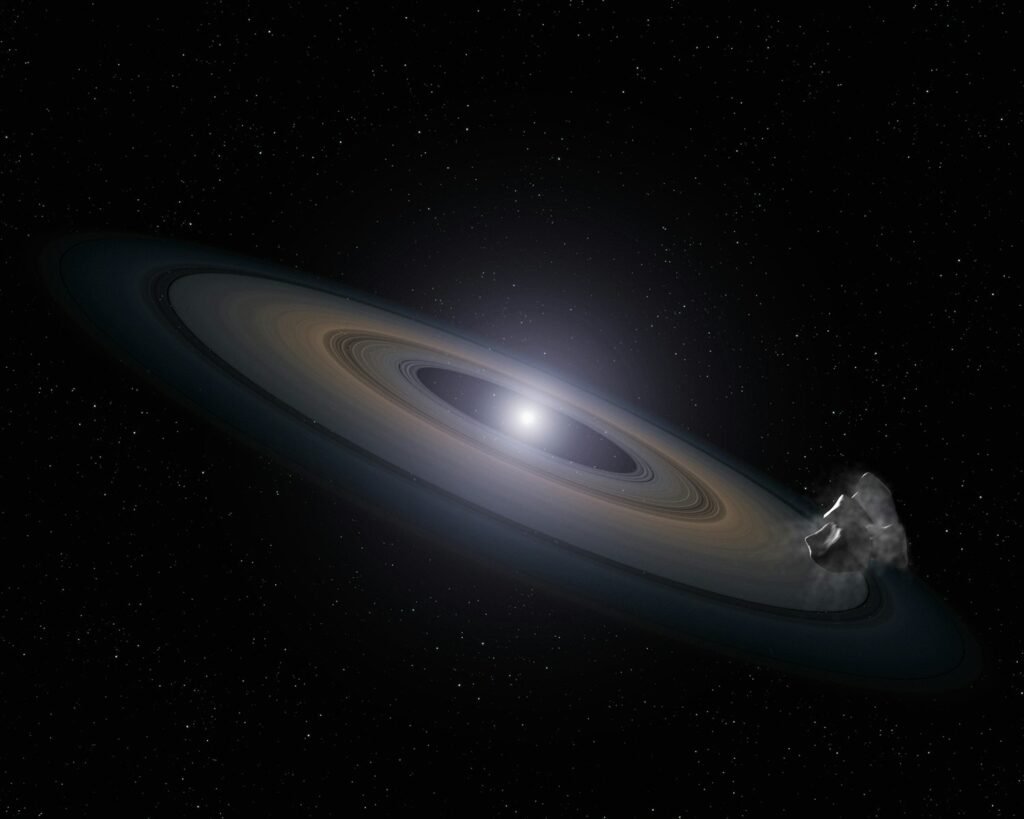
For generations, textbooks framed the solar system as a tidy family portrait; the Kuiper Belt shows it’s more like a sprawling, extended clan with cousins living far past the city limits. Understanding this region reframes how planets grow, migrate, and settle, and it recalibrates what we should expect in exoplanet systems where giant planets huddle close to their stars. Compared with earlier models that treated the outer solar system as a near-empty freezer, the modern view – packed with resonances, binaries, rings, and color diversity – demands richer chemistry and gentler assembly in many places. It also matters for Earth: short-period comets that drop by from the Belt can deliver water and organics, or, less helpfully, pose impact hazards we’d prefer to predict. The Kuiper Belt helps set those odds, and it improves the playbook for identifying threats and tracing where our own volatiles may have originated. In short, the Belt is not a curiosity; it is a keystone for planetary science.
The Future Landscape
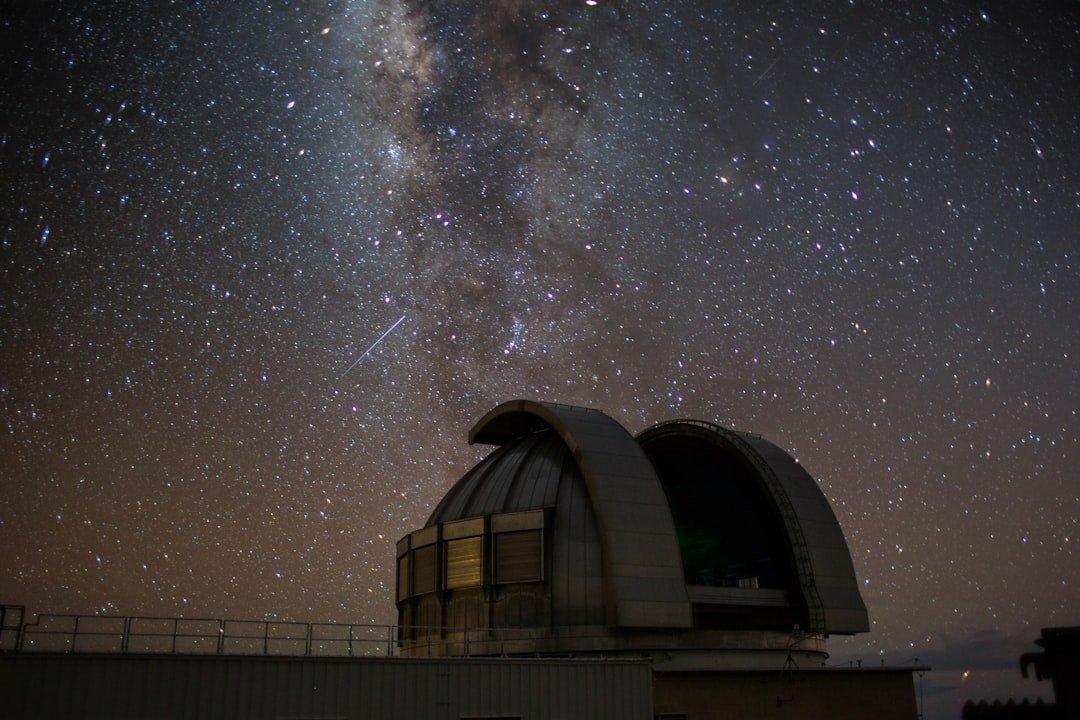
The next decade is poised to turn a faint sketch into high-resolution cartography. Wide-field surveys will trawl the sky deeper and faster, likely doubling the catalog of distant bodies and capturing extreme orbits that test the boundaries of current models. Infrared space telescopes will refine surface chemistry, hunting for volatile layers and complex organics that evolve under relentless cosmic rays at roughly forty to fifty kelvins. Networks of portable telescopes will chase occultations across continents, pinning down shapes and hunting for rings and atmospheres that big observatories could miss. Meanwhile, a lone deep-space probe continues to scout from inside the Belt, returning photometry, dust counts, and the kind of serendipitous finds that only happen when you’re there. On the drawing board are mission concepts to revisit Neptune’s neighborhood, intercept distant comets, and even push beyond the heliosphere – all of which would feed directly back into Kuiper Belt science.
Conclusion

You can help turn this distant frontier into familiar territory by supporting open-sky surveys, following mission updates from national space agencies, and cheering on citizen-science projects that flag occultations or classify moving objects. Teachers and students can adopt a Kuiper Belt object from public databases, track its brightness changes over months, and compare notes with online communities that do the same. Local astronomy clubs often coordinate star-party nights around predicted occultations; joining one turns a fleeting blink in a star into real data for researchers. If you donate to science nonprofits, look for programs that fund small telescopes, data pipelines, or undergraduate research that keeps these projects humming. The Kuiper Belt might be far, but the science is close enough to touch – one observation, one analysis, one shared dataset at a time.

Suhail Ahmed is a passionate digital professional and nature enthusiast with over 8 years of experience in content strategy, SEO, web development, and digital operations. Alongside his freelance journey, Suhail actively contributes to nature and wildlife platforms like Discover Wildlife, where he channels his curiosity for the planet into engaging, educational storytelling.
With a strong background in managing digital ecosystems — from ecommerce stores and WordPress websites to social media and automation — Suhail merges technical precision with creative insight. His content reflects a rare balance: SEO-friendly yet deeply human, data-informed yet emotionally resonant.
Driven by a love for discovery and storytelling, Suhail believes in using digital platforms to amplify causes that matter — especially those protecting Earth’s biodiversity and inspiring sustainable living. Whether he’s managing online projects or crafting wildlife content, his goal remains the same: to inform, inspire, and leave a positive digital footprint.

